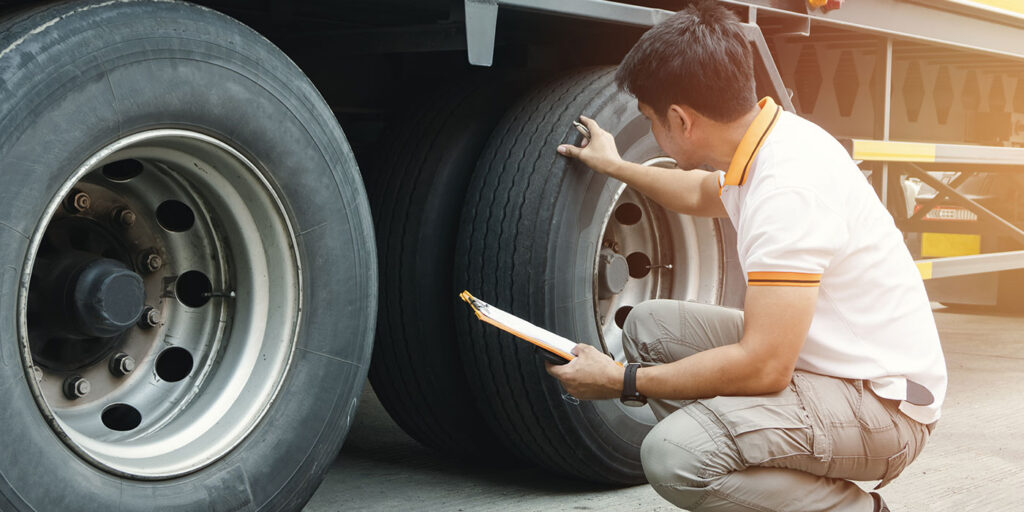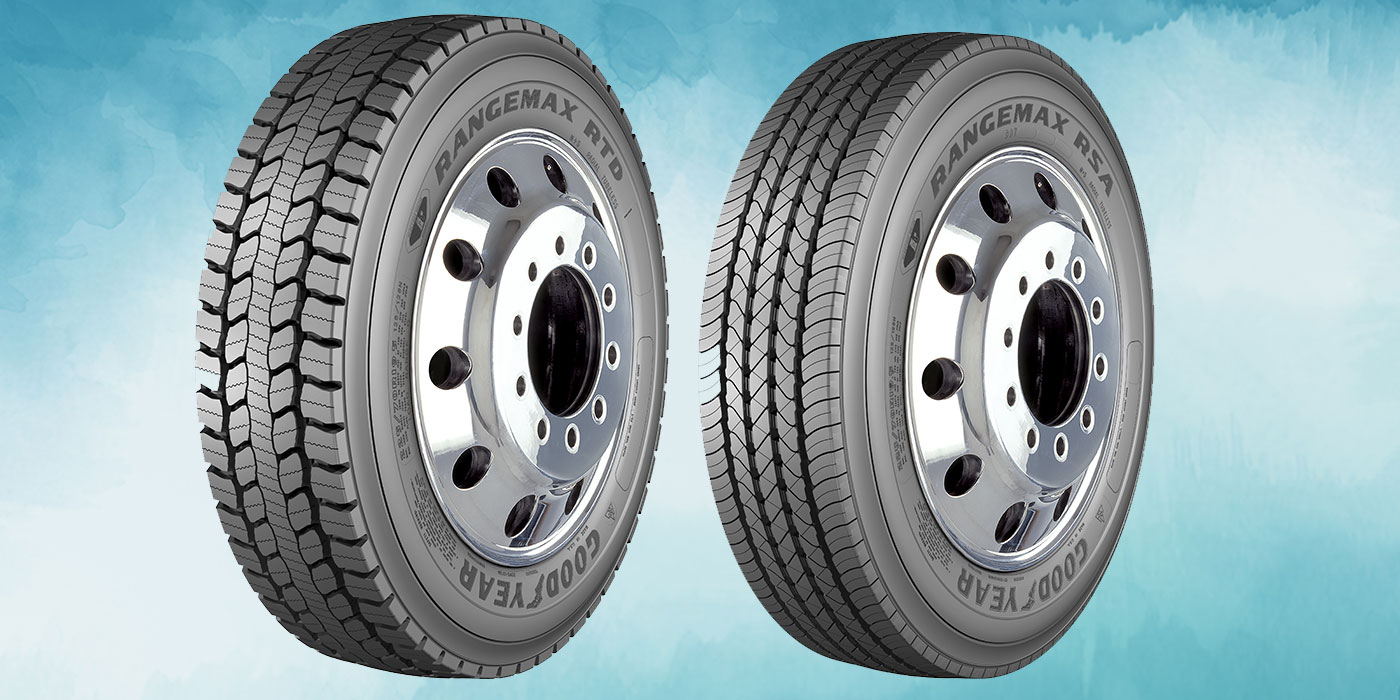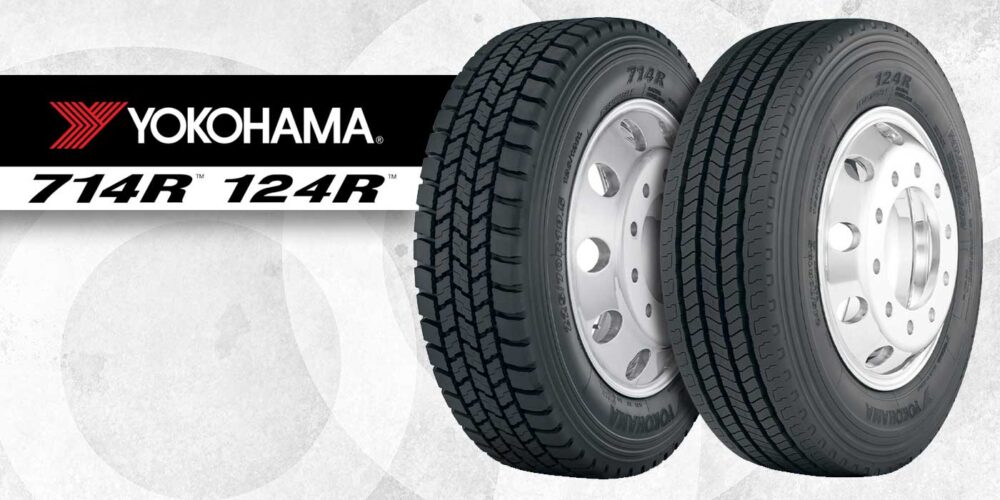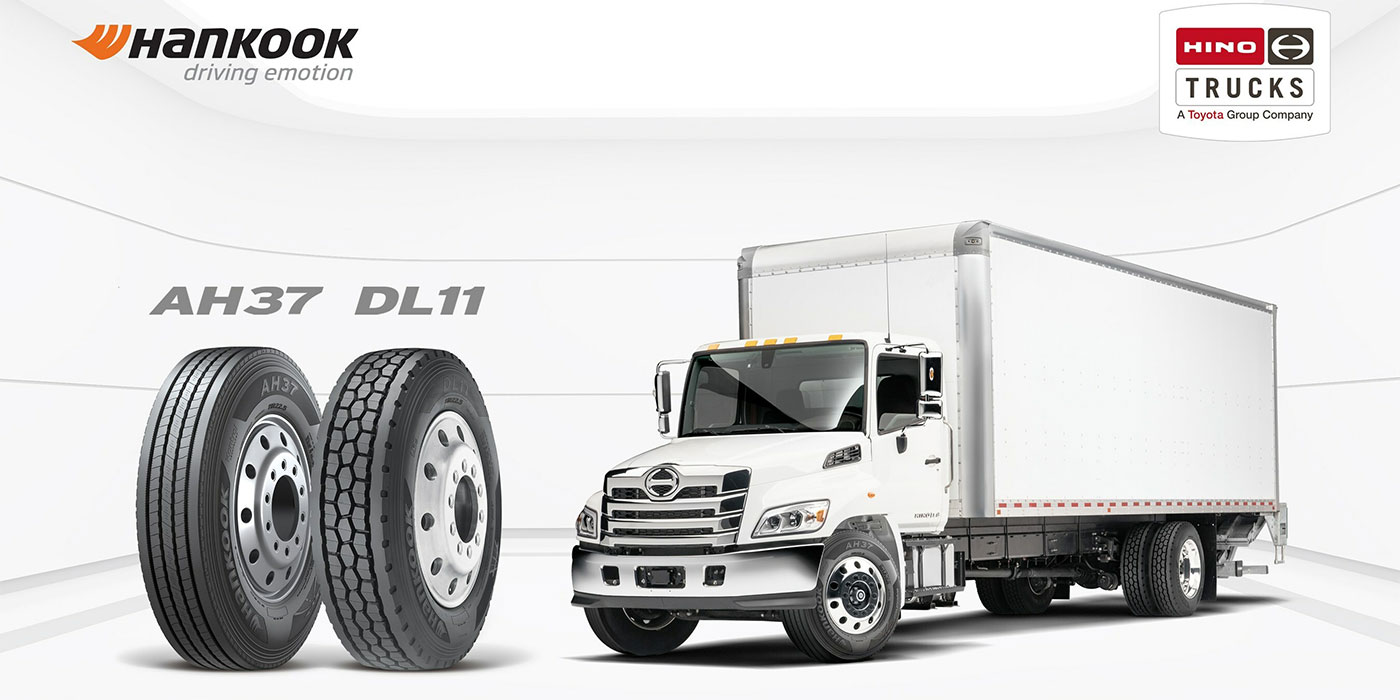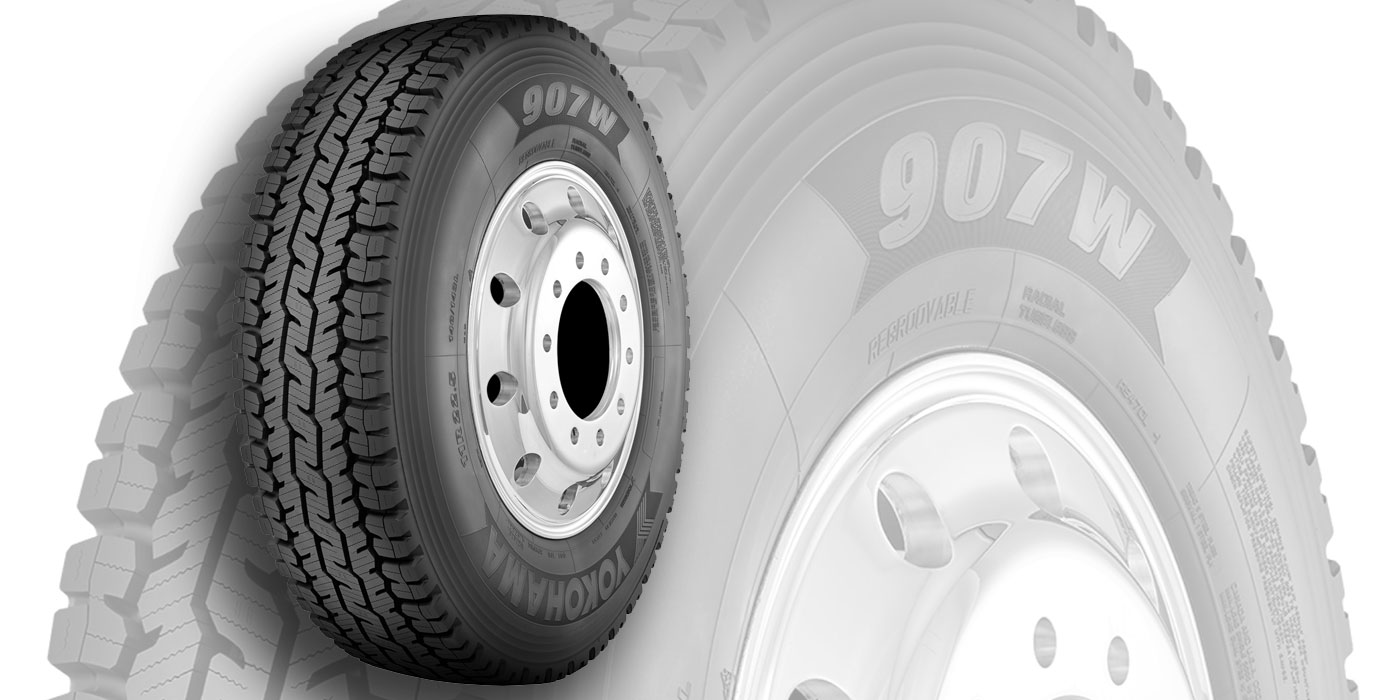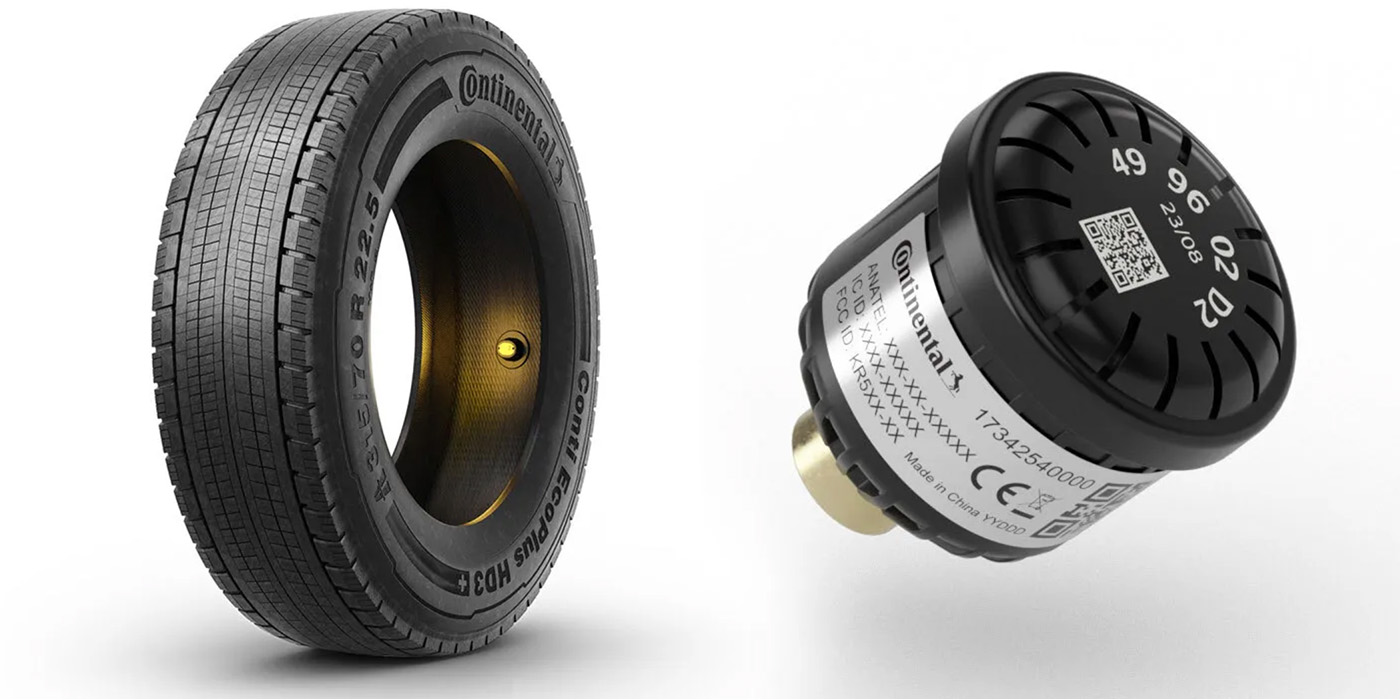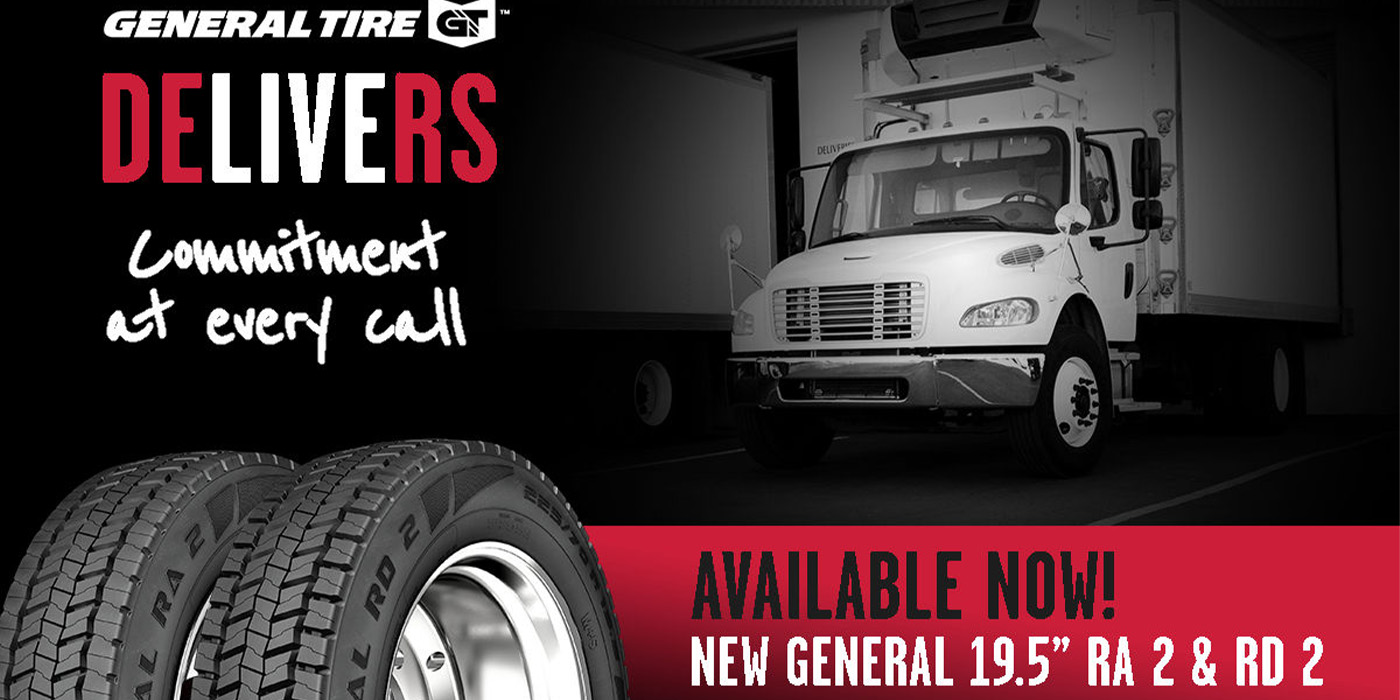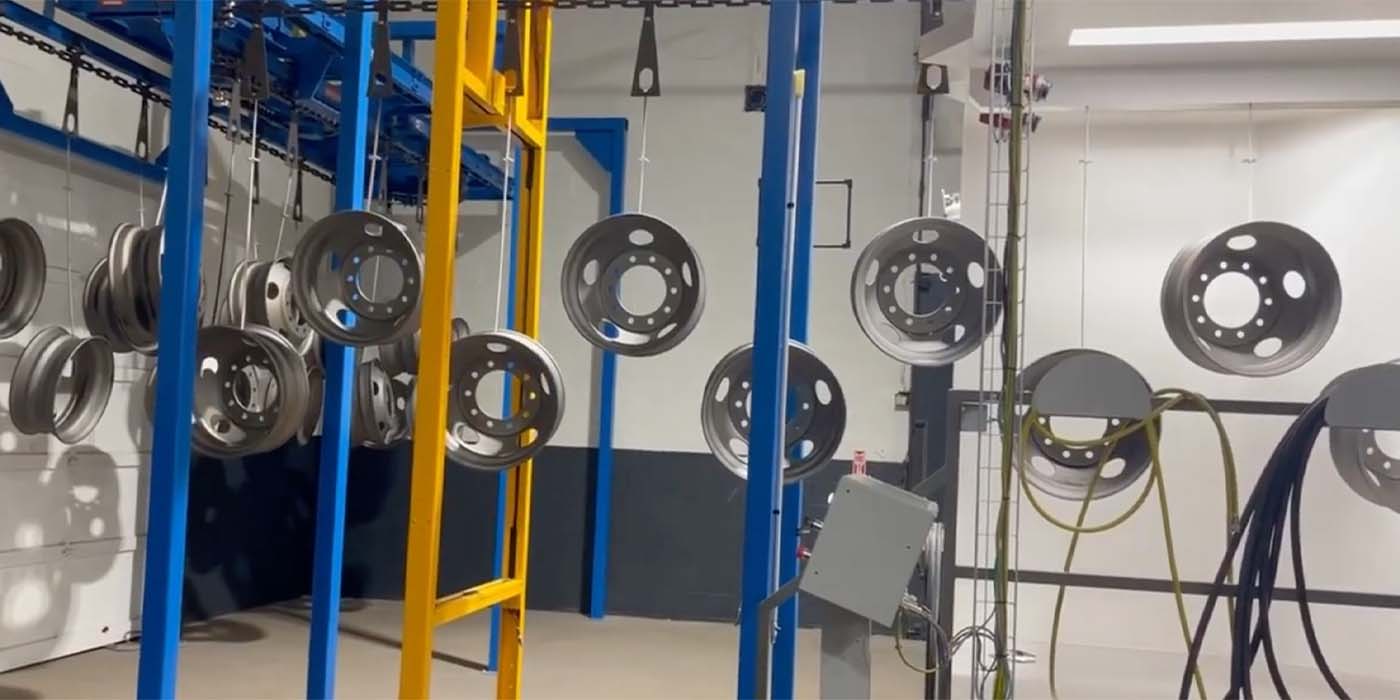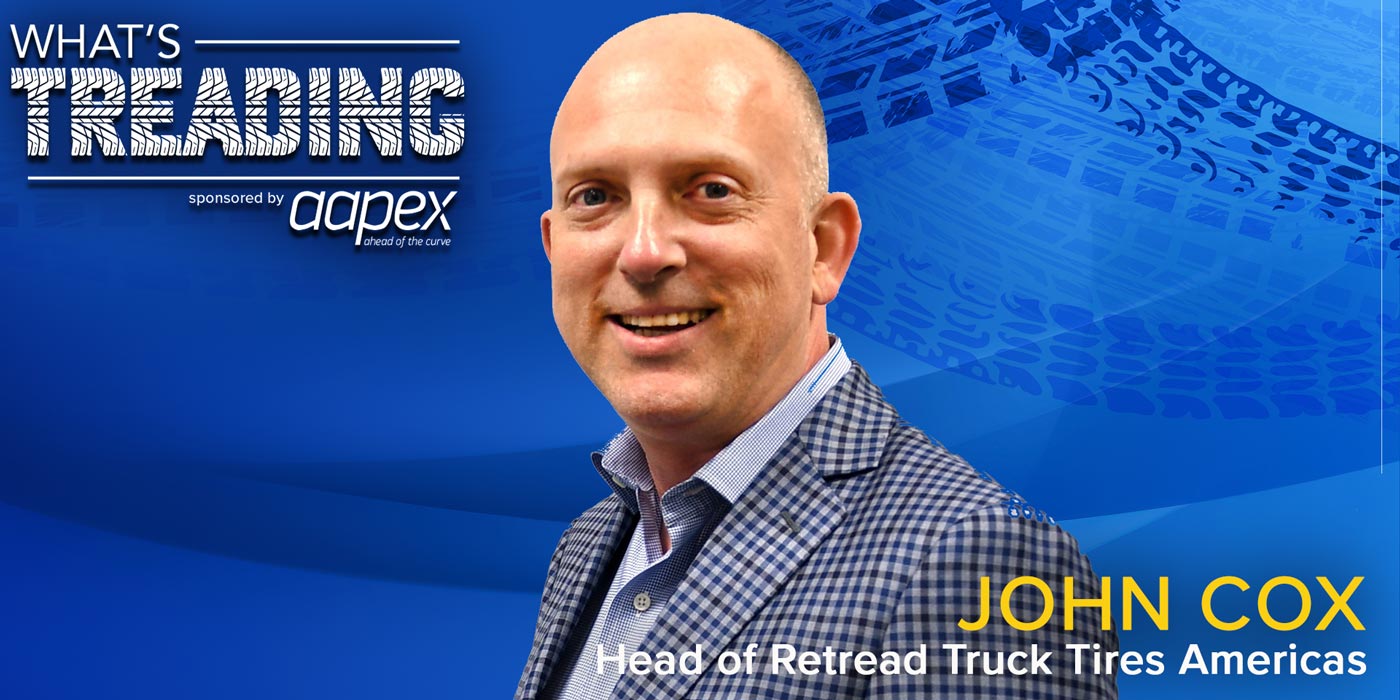If the engine is the beating heart of the truck, and the telematics system its brain, then the tires are the legs, enabling it to complete its runs day in and day out.
The top objective of the effective fleet manager should be to assist in reducing commercial vehicle operation expenses and eliminate emergency repairs that create huge financial setbacks with downtime. When working with fleet customers, this should be the goal of the commercial tire dealer, too. Ultimately, the goal is to lower “cents-per-mile.” One way to do that is through a great truck tire management program. Below are a few tips for you to up your game with your fleet customers.
Fuel and Tire Costs
Fuel and tires are the two highest expenses in trucking. With raw material price increases and rising freight prices, many manufacturers have instituted price increases—sometimes multiple increases—in the last year and a half. This adds to your fleet customer’s costs.
While we can’t control the fluctuation of pricing, tire dealers should take an active role in helping their fleet customers maximize their vehicle’s tread life. Using best practices to preserve tire casings used in retreading is a start. Tires are best maintained by constantly monitoring and recording the following items:
- Check tire pressures and make the diagnosis and repair when pressure loss is much different than other tires on the same axles.
- Check tread depth and note any abnormal wear when it begins. Delamination of steel belts or tread rubber usually shows up as cupping on the tread or the tread edges peeling away from the casing. Always use the pictorial guides available through the Tire Industry Association to assist in a correct diagnosis and repair recommendations.
- Rotate and balance. Some experts recommend fleets to rotate tires when they’re one quarter of the way through the tires’ expected mileage; others recommend rotating when halfway through. The key is that you should rotate at least once during the expected mileage of a set of tires or as abnormal wear appears and is addressed. When balancing, look for excessive wheel eccentricity (R1H and TIR) and installation errors that can cause more vibration and abnormal tire wear issues than even an unbalance condition. Always provide on-vehicle wheel centering tools or parts during installation. All critical.
- Provide a wheel alignment audit and adjustment on steer and all drive axles. To keep tires wearing evenly, the ATA’s Technology & Maintenance Council suggests vehicle alignment should be checked every 80,000 to 100,000 miles or every 12 to 18 months. There are now even automated alignment drive-through check systems that take 20 seconds to check all 18 wheels.
- Check the suspension for wear and excessive movement on all truck axles and never forget the trailers. Commercial truck suspension wear and movement often cannot be seen with just a static visual check because unacceptable movement and misalignment may take place only under heavy load shift. A good suspension check technique is to perform “dry park checks” with the wheels on a solid surface and the steer axle slowly turned left and right while a second technician performs a visual inspection. Look for wear on metal and around bushings that indicates movement. Again, make sure the entire suspension is checked properly before alignments are performed.
- Keep a close watch on trailer tire conditions, air pressure, brake performance, suspension wear and tandem axle alignment. Many don’t understand that trailer misalignment can cause driver handling problems, vehicle pull and accelerated wear on steer tires that look like front camber and toe wear (it is not).
If you can’t check off all—or at least some—of these boxes, then your fleet customers won’t be able to achieve the lowest possible tire and fuel costs by the mile.
Sources and Solutions
Use the Tire Industry Association for Tire Repair Guidelines & Procedures, ATA-Technology & Maintenance Council and OEM Repair Data for commercial vehicle repair, maintenance intervals and service guidelines.
If you’re not an American Trucking Associations and Tire Industry Association member, then join now. The purpose of TIA is to help protect your business and your employees by standardizing repair guidelines and encouraging training and certification.
The goal of the American Trucking Association’s Technology & Maintenance Council is to improve transport equipment, its maintenance and maintenance management. The TMC develops Recommended Engineering and Maintenance Practices that are voluntarily adopted by fleets, OEMs and component suppliers. It also has a very powerful training arm.
These are your best resources along with the OEM. You need access to all types of service specs and data for your customers’ fleets.

